
A railcar is a self-propelled railway vehicle designed to transport passengers. The term "railcar" is usually used in reference to a train consisting of a single coach, with a driver's cab at one or both ends. Some railway companies, such as the Great Western, termed such vehicles "railmotors".
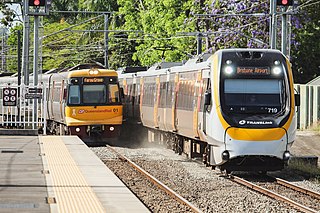
Queensland Rail (QR) is a railway operator in Queensland, Australia. Queensland Rail is owned by the Queensland Government, and operates both suburban and interurban rail services in South East Queensland, as well as long-distance passenger train services connecting Brisbane to regional Queensland. QR also owns and maintains rolling stock, in addition to approximately 6,600 kilometres (4,101 mi) of track and related infrastructure.

The Savannahlander is an Australian passenger train service that operates in Far North Queensland. It travels on the Tablelands railway line and the Etheridge railway line from the coastal city of Cairns to Forsayth.

The 620/720 class railcars were a class of diesel-hydraulic multiple units (DHMU) built by the New South Wales Government Railways and operated from 1961 until 2007.
Railmotor is a term used in the United Kingdom and elsewhere for a railway lightweight railcar, usually consisting of a railway carriage with a steam traction unit, or a diesel or petrol engine, integrated into it.

The Electric multiple unit (EMU) is a class of electric multiple units manufactured by Walkers at Maryborough for Queensland Rail between 1979 and 1986. They were the first EMUs in Queensland and are progressively being retired from the Queensland Rail Citytrain network.

The Gulflander is a passenger train operated by Queensland Rail on the isolated Normanton to Croydon line in the Gulf Country of northern Queensland, Australia.
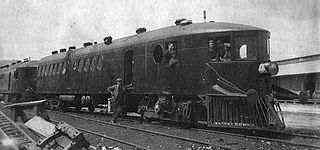
The McKeen Railmotor was a 6-cylinder self-propelled railcar or railmotor. When McKeen Company of Omaha, Nebraska, U.S.A., first unveiled the car in 1905, the McKeen was among the first engines with a distillate-fueled motor. Revisions to the McKeen car led to the modern self-propelled gasoline rail-motor vehicle, and the "contours of the porthole windows, the front-mounted gasoline engines, and other features anticipated the streamline concept."

The family of Walker railmotors were a type of diesel railcar operated by the Victorian Railways in Australia.

Diesel multiple units and railcars are trains, usually with passenger accommodation, that do not require a locomotive. Railcars can be single cars, while in multiple units cars are marshalled together with a driving position either end. As of December 2010, 23 percent of the rail passenger cars used on Network Rail are part of a diesel multiple unit.

A steam railcar is a rail vehicle that does not require a locomotive as it contains its own steam engine. The first steam railcar was an experimental unit designed and built in 1847 by James Samuel and William Bridges Adams. In 1848, they made the Fairfield steam carriage that they sold to the Bristol and Exeter Railway, who used it for two years on a branch line.
The 1100 class railcar or Budd railcar were a type of diesel railcar built by Commonwealth Engineering for the Department of Railways New South Wales in 1961. They primarily operated on the South Coast Daylight Express until withdrawn in 1993.
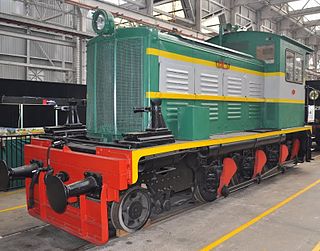
The DL class is a class of diesel locomotives built by Queensland Railways, Robert Stephenson and Hawthorns and Walkers Limited for Queensland Railways between 1939 and 1961.
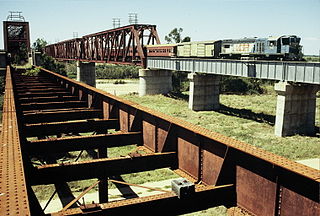
The 1460 class was a class of diesel locomotives built by Clyde Engineering, Eagle Farm for Queensland Railways between 1964 and 1966.

The 1900 class railcars are a class of self-propelled railcars built by Commonwealth Engineering, Granville for the Queensland Railways in 1956.
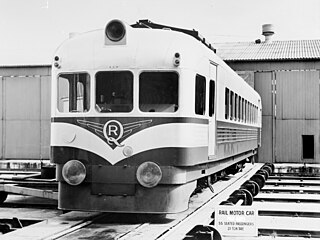
The 1800 class railmotors were a class of self-propelled diesel railmotors built by Commonwealth Engineering, Granville for the Queensland Railways.
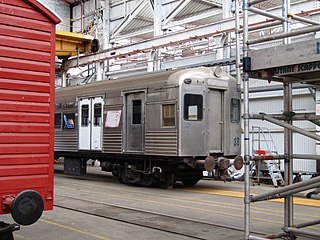
The SX carriages were a type of passenger carriages constructed by Commonwealth Engineering for the Queensland Railways in 1961–1962.
The Queensland Railways ordered two different types of steel bodied air-conditioned carriage stock, both built by Commonwealth Engineering at their Rocklea plant. Over the years these carriages have been used on many different long distance Queensland Rail services.
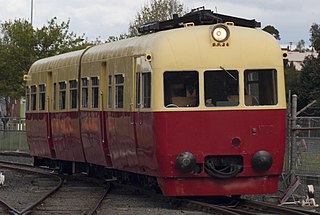
The Tasmanian Government Railways DP class was a class of diesel railcars operated by the Tasmanian Government Railways.
The DownsSteam Tourist Railway & Museum was founded in 2001 in the Toowoomba suburb of Drayton in Queensland.

















